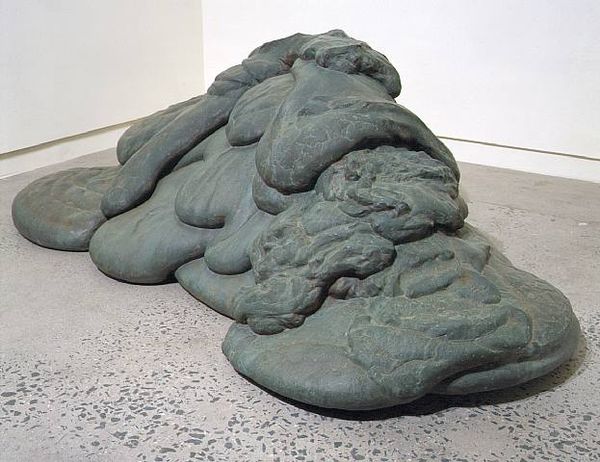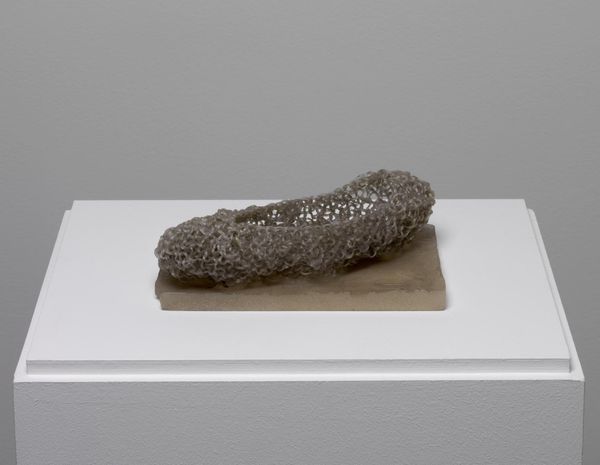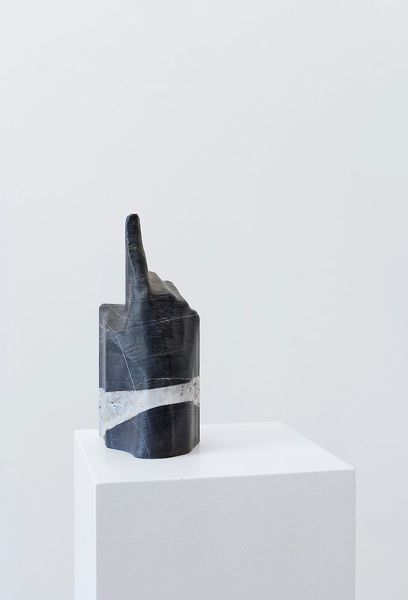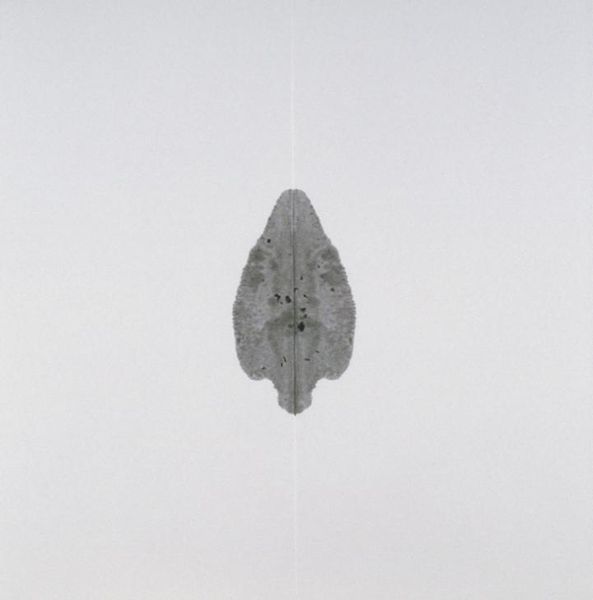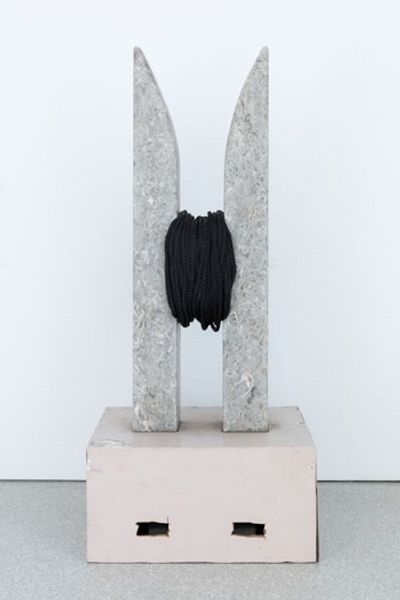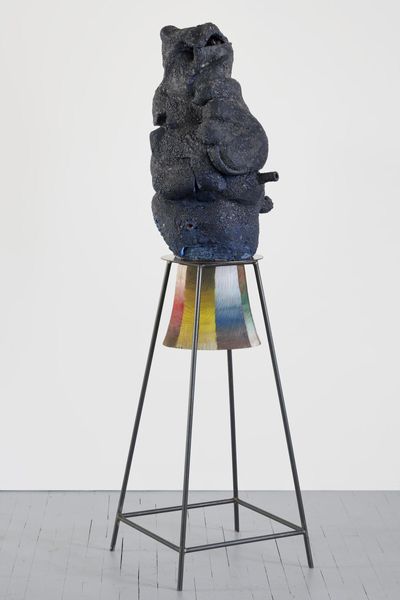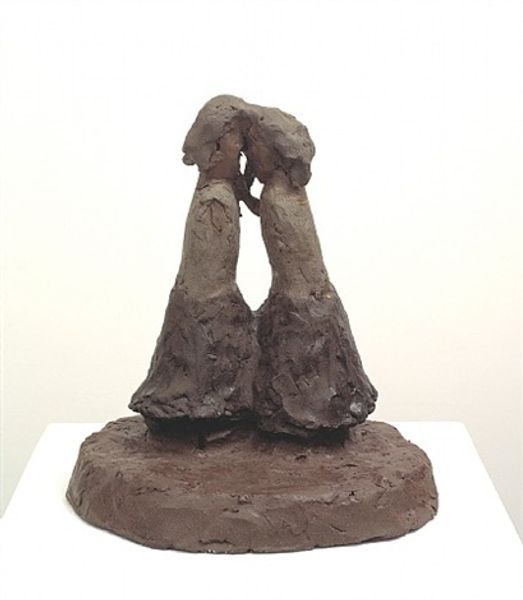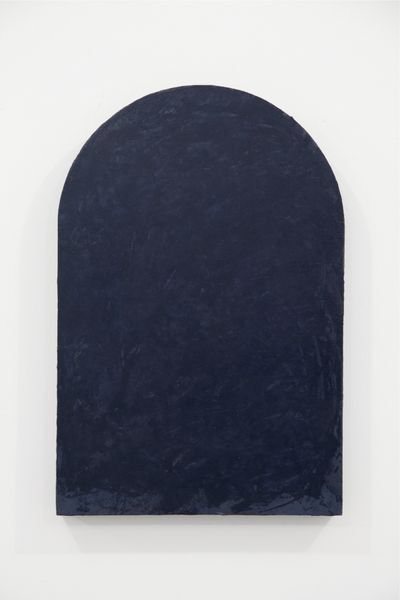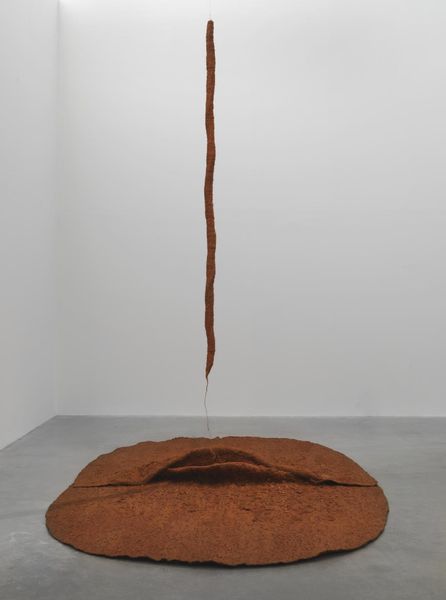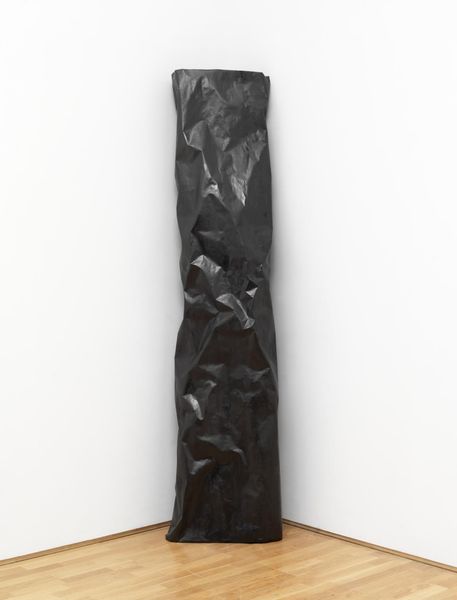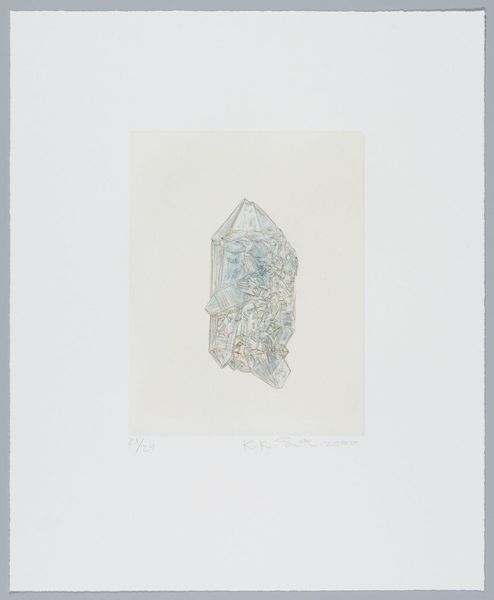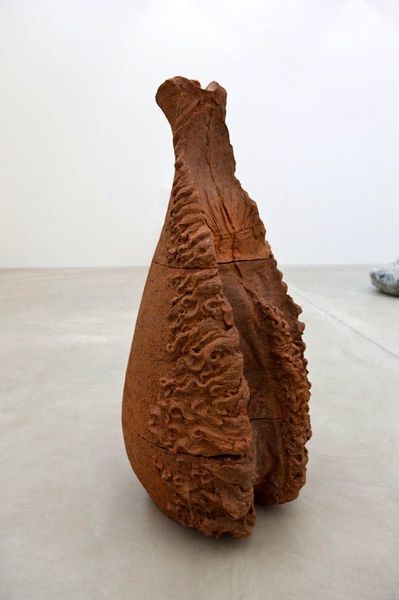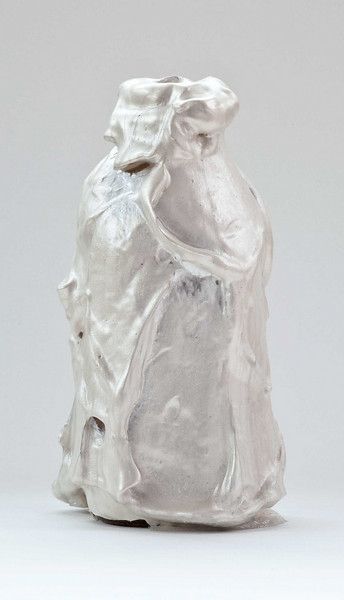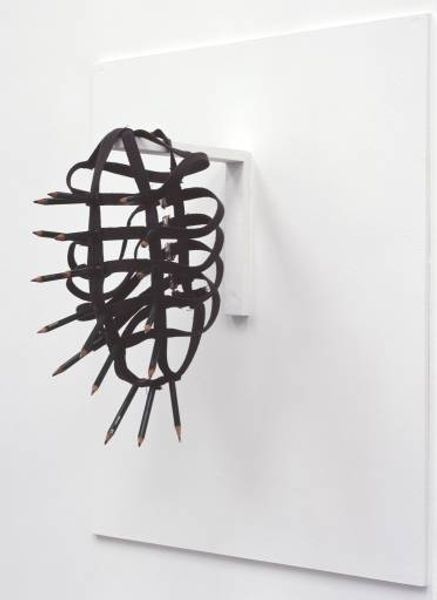
Dimensions: object: 1500 x 1680 x 1580 mm
Copyright: © Lynda Benglis | CC-BY-NC-ND 4.0 DEED, Photo: Tate
Editor: Lynda Benglis's "Quartered Meteor" is such a strange sculpture! It fills the corner of the room with this imposing, almost menacing presence. What's the historical context here? Curator: Considering Benglis's practice during the 1970s, the "Quartered Meteor" might be seen as a commentary on the art world's traditional expectations of sculpture. How does its placement disrupt conventional notions of art in public spaces? Editor: I guess it feels very anti-monumental, even though it's so large. Is it a rejection of the male-dominated art scene at the time? Curator: Precisely. Benglis challenged the established order by using materials and forms traditionally considered "feminine" or "craft-based." Can you see how the work defies the conventional pedestal? Editor: Yes, definitely. It’s almost oozing onto the floor. I’m now thinking about how it subverts the macho, heroic scale of much public art! Curator: Exactly! By understanding these contextual elements, we can engage with "Quartered Meteor" as a powerful statement about gender, power, and the very nature of artistic creation.
Comments
tate 6 months ago
⋮
http://www.tate.org.uk/art/artworks/benglis-quartered-meteor-t13353
Join the conversation
Join millions of artists and users on Artera today and experience the ultimate creative platform.
tate 6 months ago
⋮
This work was originally made by pouring polyurethane foam into the corner of a gallery. The bottom and two flat sides are effectively a cast of the floor and walls, while the slumps on the front result from the unpredictable behaviour of waves of slowly solidifying foam. It was cast in lead in 1975, giving the sculpture physical weight and presence. While many artists were interested in the literal properties of materials, Benglis wanted to suggest bodily and geological flows. Gallery label, October 2016
